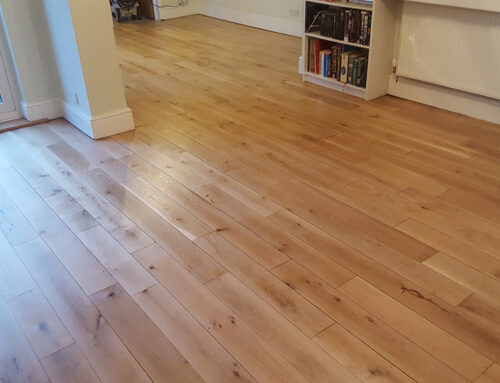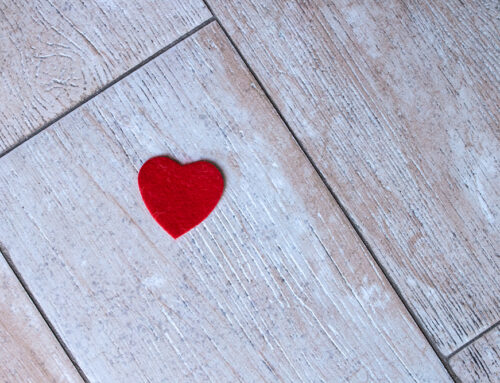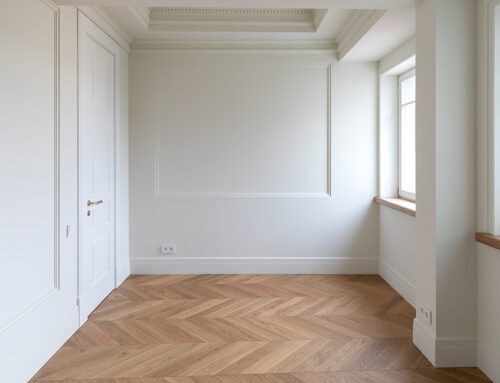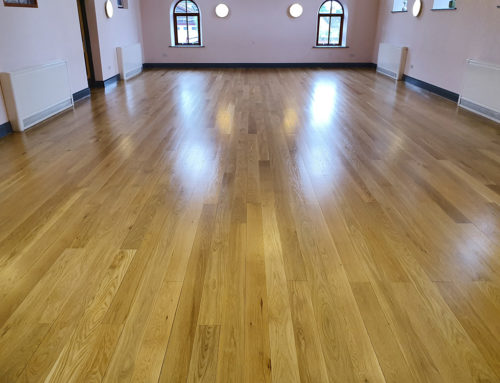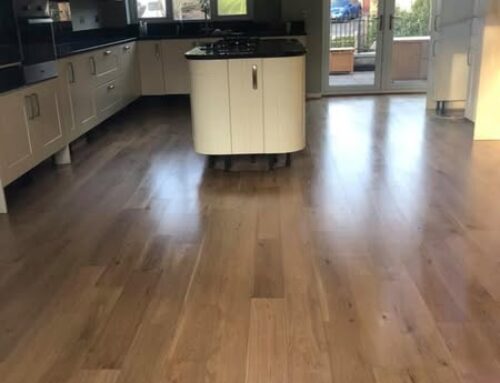Damaged wood floors can be the cause of a lot of stress. Wood floors bring so much character to any home. However, they are also susceptible to damage from various sources. Understanding the causes of damaged wood floors, how to prevent such damage, and the best methods for repair can help you maintain their beauty and functionality for years to come.
Causes of Damaged Wood Floors
Wood floors can be damaged by a multitude of factors, each contributing to the wear and tear over time. Here are some of the common causes:
 Moisture and Water Damage
Moisture and Water Damage
Water is one of the main culprits in wood floor damage. Excessive moisture from spills, leaks, or high humidity can cause wood to swell, warp, and eventually rot. Flooding, whether from natural disasters or plumbing failures, can lead to severe and often irreversible damage.
Scratches and Dents
Daily use can lead to scratches and dents, especially in high-traffic areas. Moving furniture, pet claws, and even tiny particles of dirt can scratch the surface of wood floors. Heavy objects dropped or dragged across the floor can leave noticeable dents.
Sunlight and UV Rays
Prolonged exposure to direct sunlight can cause wood floors to fade and lose their rich color. UV rays can break down the chemical bonds in the wood finish, leading to discoloration and weakening of the material.
Improper Cleaning Methods
Using harsh chemicals, excessive water, or abrasive tools to clean wood floors can strip away the protective finish, exposing the bare wood to damage. Regular cleaning with inappropriate methods can accelerate wear and tear.
Sub-floor Issues
Problems with the sub-floor, such as uneven surfaces or moisture beneath the boards, can cause wood floors to warp, buckle, or develop gaps. Ensuring a stable and dry sub-floor is crucial for maintaining the integrity of wood floors.
Preventing Wood Floor Damage
Taking proactive steps to prevent damage can extend the lifespan of wood floors and keep them looking beautiful. Here are some preventive measures to consider:
Control Indoor Humidity
Maintaining a consistent indoor humidity level between 30% and 50% helps prevent wood from expanding and contracting excessively. Using a dehumidifier or humidifier as needed can help achieve this balance.
Use Protective Pads and Rugs
Placing protective pads under furniture legs and using area rugs in high-traffic zones can minimize scratches and dents. Rugs also help trap dirt and debris, preventing them from scratching the floor’s surface.
Regular Cleaning with Appropriate Methods
Dust and vacuum wood floors regularly to remove dirt and grit that can cause scratches. Use a damp mop with a cleaner specifically designed for wood floors, avoiding excessive water and harsh chemicals.
Minimize Sunlight Exposure
Use curtains, blinds, or UV-protective window films to reduce direct sunlight on wood floors. Rearranging furniture periodically can also help prevent uneven fading.
Monitor and Address Spills Promptly
Wipe up spills immediately to prevent moisture from seeping into the wood. Place mats at entryways to catch water from shoes and prevent it from spreading onto the floor.
Repairing Damaged Wood Floors
Despite preventive efforts, damage to wood floors can still occur. Knowing how to repair common issues can save you money and restore the floor’s appearance.
Dealing with Water Damage
For minor water damage, such as small stains or warping, dry the area thoroughly and use a wood cleaner to restore the finish. For significant damage, consider replacing the affected boards or consulting a professional.
Fixing Scratches and Dents
Minor scratches can be repaired with a wood touch-up marker or crayon that matches the floor’s color. For deeper scratches and dents, sanding the area and applying a wood filler followed by a finish can help blend the repair with the surrounding floor.
 Addressing Sunlight Fading
Addressing Sunlight Fading
For faded areas, use a wood floor revitaliser or re-finisher to restore the original color. In severe cases, sanding and refinishing the entire floor may be necessary.
Handling Sub-floor Issues
If warping or buckling is due to sub-floor problems, address the root cause by ensuring the sub-floor is level and dry. This may involve repairing leaks, improving ventilation, or replacing damaged sections of the sub-floor.
When to Call a Professional
While many minor repairs can be done by homeowners, some situations require the expertise of a professional. Consider hiring a flooring contractor if:
- The damage covers a large area or multiple boards.
- You are unsure of the cause of the damage or how to fix it.
- Extensive water damage has occurred, risking mold growth or structural issues.
- You need to sand and refinish the entire floor.
Maintaining wood floors requires an understanding of the various factors that can cause damage, as well as implementing preventive measures and knowing how to address issues when they arise. With proper care and attention, your wood floors can remain a stunning feature of your home for many years to come. We can help with this. Call today on 07714 439813.



